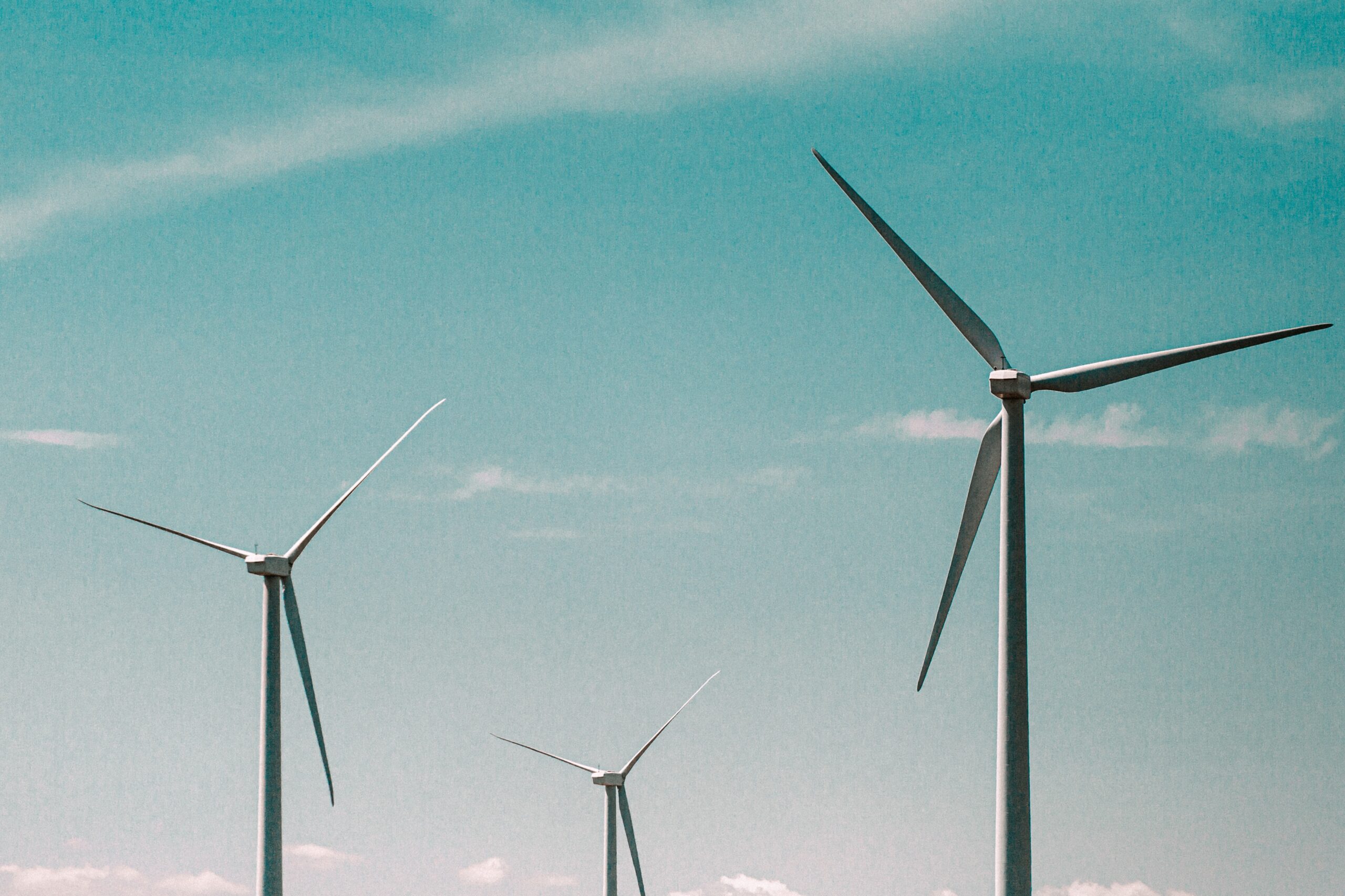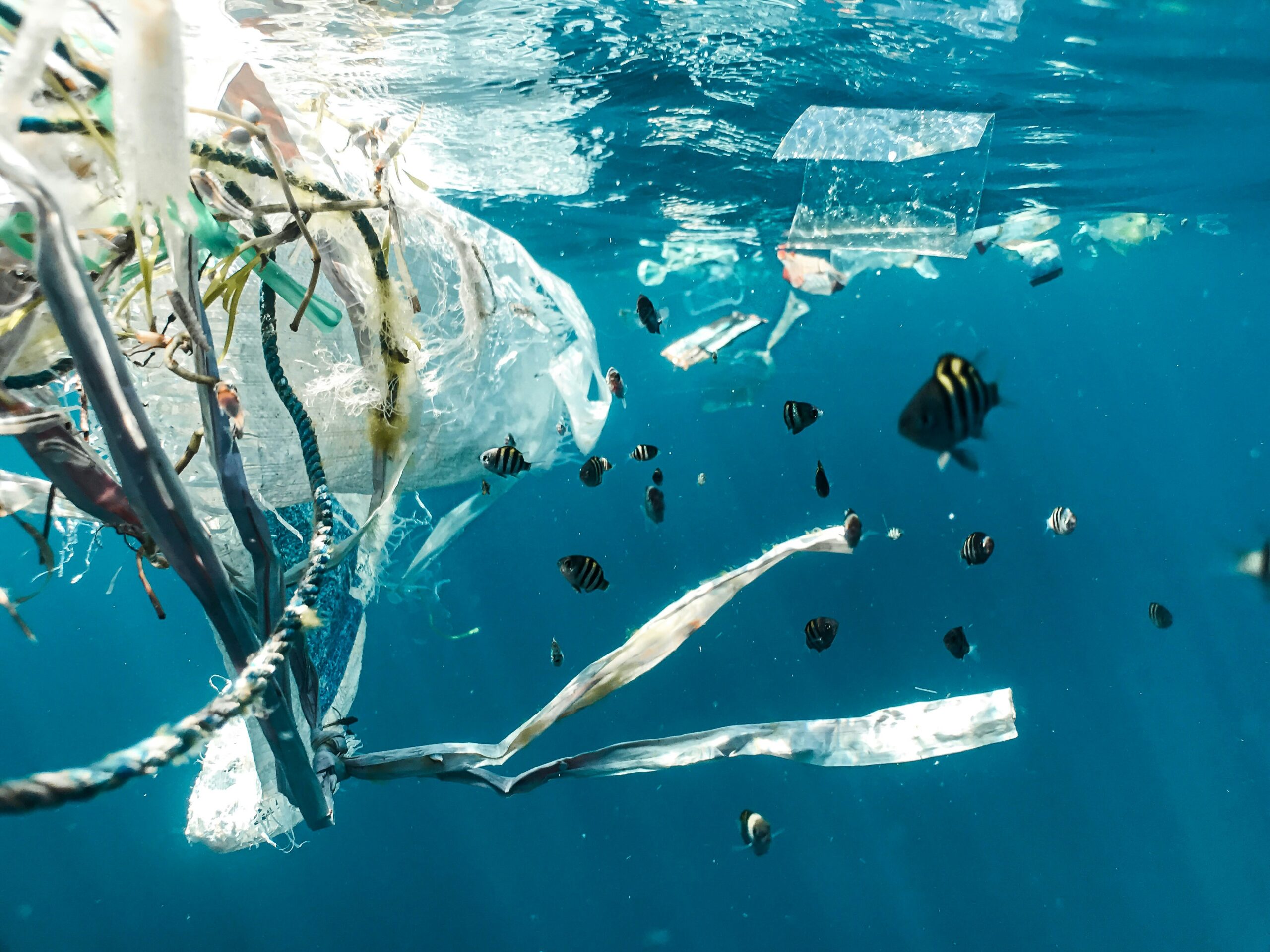Clean Energy: The Challenges of Wind Power Curtailment in Jeju Island

Photo by Mike Setchell on Unsplash
Korea’s Jeju Island is renowned for its stunning turquoise beaches and its commitment to clean energy. With hundreds of wind turbines and large solar farms, the island is a leader in renewable energy.
However, Jeju Island is also facing a challenge: wind power curtailment.
During periods of high wind, the wind farm on Jeju Island receives notices to halt its power generation.
This is done to prevent an excess influx of power into the grid, which could compromise its stability and potentially lead to a blackout. As a result, the turbines gradually decelerate until they come to a standstill, standing eerily still amidst the blustering wind.
Wind power curtailment is a contentious topic in Jeju.
While it is implemented to prevent power oversupply and maintain grid balance, it also limits the island’s ability to fully utilize its renewable energy resources.
This issue is not unique to Jeju Island; it is becoming increasingly common as more states and countries ramp up their renewable energy capacity.
Earlier this year, California reached a record high in solar and wind curtailments, and the United States Energy Information Administration predicts a twofold rise in renewables curtailment in Texas by 2035. Australia, Japan, and China also grapple with similar challenges.
The data underscores the importance of equipping the grid to adeptly manage the fluctuations in energy sources.
Maximizing renewable energy generation is not enough; ensuring the stability and balance of the grid is equally crucial in the clean energy transition.
Jeju Island serves as a reminder of the complexities involved in transitioning to a renewable energy future.
It highlights the need for innovative solutions and advancements in grid technology to fully harness the potential of clean energy sources.









